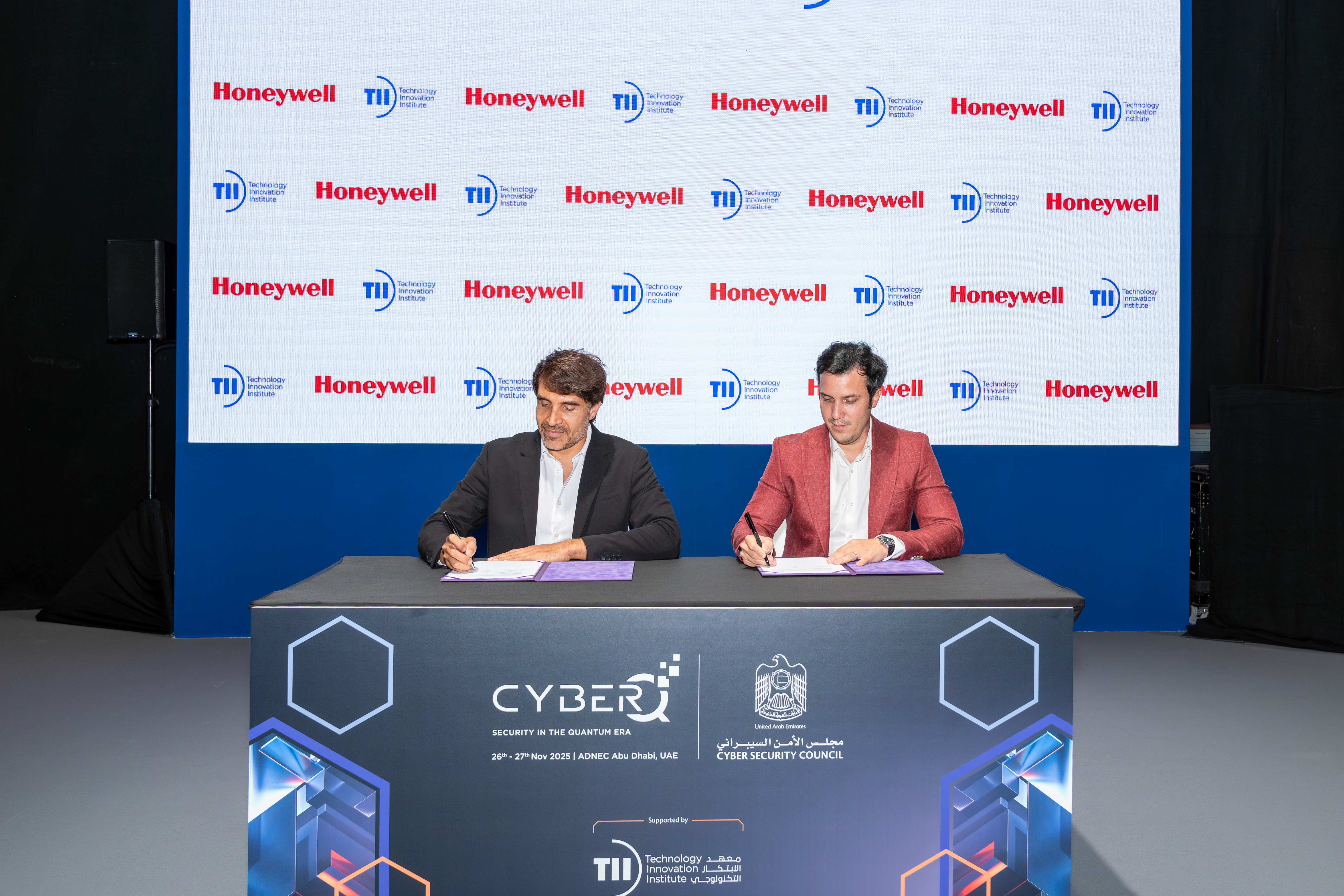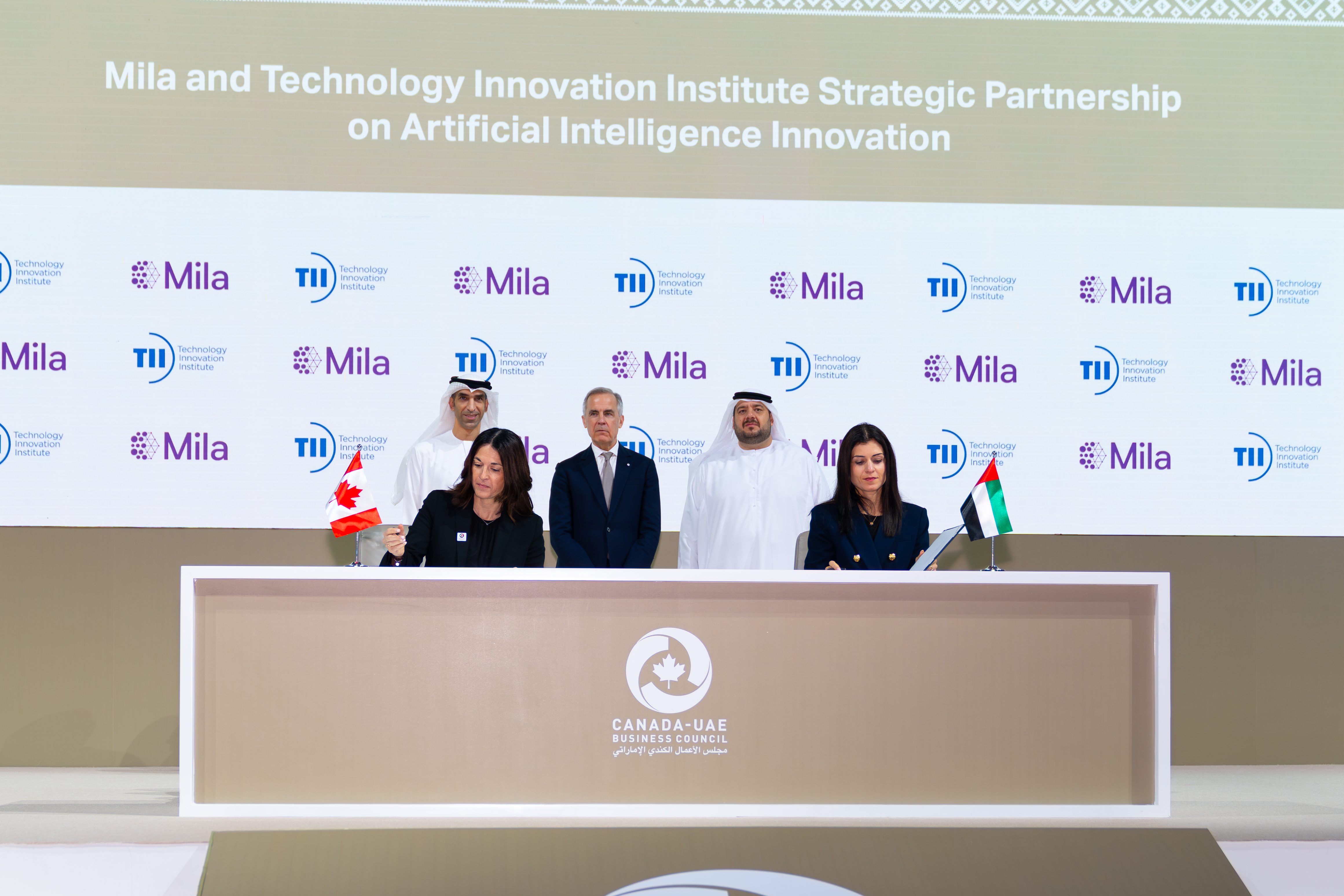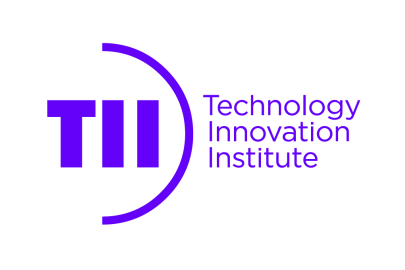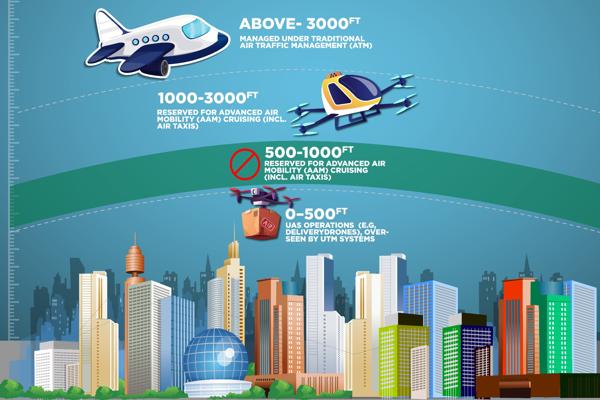
Abu Dhabi, UAE: 27 May, 2025 − The Technology Innovation Institute (TII), a leading global scientific research center and the applied research pillar of Abu Dhabi’s Advanced Technology Research Council (ATRC), has introduced a new application of its advanced drone-borne Synthetic Aperture Radar (SAR). This radar system uses high-frequency radio waves to create detailed, high-resolution images of the ground, to detect underground water leaks in urban and remote areas without excavation and ground removal. The announcement was made at the World Utilities Congress (WUC) 2025, underscoring the event’s role in spotlighting innovative solutions for infrastructure and water security.
Building on its multi-frequency imaging capabilities, this new application of TII’s SAR system leverages P-, L-, and C radar signals– each one selected for its distinct advantages. P-band enables deeper subsurface penetration, L-band detects subtle fluctuations in soil moisture, and C-band provides high-resolution imaging of surface changes. Combined, these signals support the detection of anomalies and disturbances that may indicate underground water leaks, enhancing early intervention efforts in both urban and natural environments.
Previously validated for archaeological and infrastructure use, the system is now optimized for sandy environments to detect leaks at depths of up to 40 meters, enabling utilities to identify and mitigate water losses from underground pipelines. This approach introduces a more efficient and sustainable way to monitor infrastructure conditions.
Dr. Najwa Aaraj, CEO of TII, said: “This latest application of our SAR platform reinforces its versatility in tackling real-world challenges. By enabling non-invasive detection of water leaks, we’ll be able to equip utility providers with intelligence that allows early detection of water leaks, helping to conserve one of the world’s most vital resources.”
By identifying leaks early and accurately without the need for excavation, utilities can significantly reduce water loss, lower maintenance costs, and avoid expensive infrastructure damage. This proactive approach not only extends the lifespan of pipeline networks but also supports more efficient resource management, delivering long-term savings for governments, municipalities, and utility providers alike.
Dr. Felix Vega, Chief Researcher, Directed Energy Research Center (DERC), said: “SAR’s effectiveness depends on how well we can extract signal from noise, especially in complex environments like sandy terrains. Our latest work focused on enhancing backscatter analysis and coherence metrics to improve subsurface anomaly detection. This has allowed us to push the limits of airborne radar performance in ways that weren’t possible even a year ago.”
Compared to conventional sensors, TII’s SAR solution provides broader coverage, higher resolution, and consistent performance across various terrains and weather conditions.
With its scalable architecture and modular drone integration, the platform is suitable for use by urban utilities, desert infrastructure operators, and sectors such as agriculture and disaster response.
As the UAE strengthens its national water security strategy, this technology arrives at an important time. By reducing water losses due to leakages, the SAR platform contributes to operational efficiency and supports climate resilience and sustainable resource management, which are goals aligned with the UAE’s Net Zero 2050 commitments.






